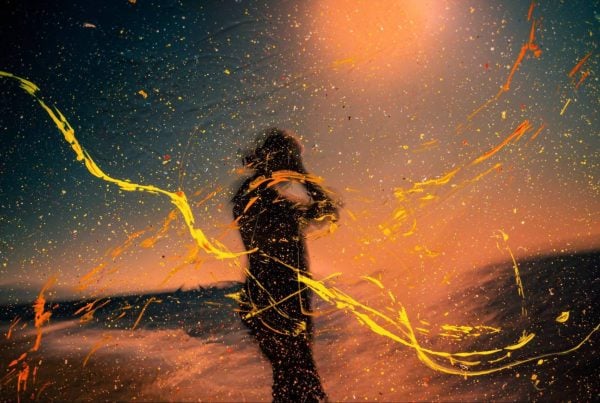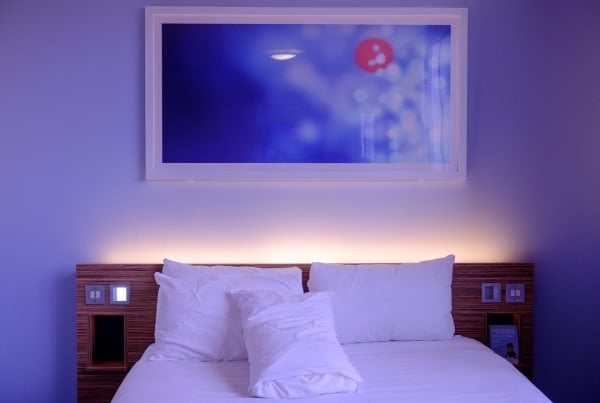Product photography has always been a crucial marketing and branding component, pivotal in creating captivating visuals for websites, social media, and lay flat photobooks, ensuring the most attractive and informative product presentation possible.
This concept has typically been seen as a practical technique, restricted to showing objects on white backdrops with an emphasis on accuracy and clarity and exclusive to catalogues and e-commerce websites.
However, the intent of product photography is changing along with the field of visual communication. An innovative approach is developing that lifts product photography from a functional depiction to an avenue for artistic expression, fusing the worlds of business and the arts.
In this piece, we will explore cutting-edge techniques and revolutionary concepts, reimagining product photography as an engrossing and fascinating art form.
Table of Contents
Unusual Exhibition Spaces
Photographers are escaping the limits of the typical studio and exploring unorthodox display settings as product photography transitions from a practical portrayal of items to a form of artistic expression.
Exhibitions are moving into non-traditional settings to provide people with an engaging and lasting experience. Product photography is no longer subject to gallery walls or digital displays as photographers are converting commonplace settings into compelling art installations that challenge stereotypes about what product photography may achieve.
Blank canvases for photographers to express their ideas:
- Industrial areas
- Deserted structures
- Warehouses
Photographers may create works of art that connect with the environment by selecting unusual locations and exploiting architectural details, lighting, and textures to enhance their images.
The distinct location becomes an essential component of the whole experience, giving the work a more profound significance.
Additionally, these unconventional exhibition venues allow photographers to interact with a larger audience. They draw a wide variety of visitors, in contrast to conventional galleries, which some people may find daunting or inaccessible.
These distinct art installations attract passersby, interested spectators, and individuals from many backgrounds, creating a distinctive and welcoming art-viewing experience.
Art installations of product photography become increasingly relatable and applicable to daily life as they move into public settings, strengthening the bond between the project and its audience.
Furthermore, product photography and unorthodox exhibition venues push the limits of what we tend to view as the two realms of art and business. Photographers showcase their work’s versatility and universal appeal by bringing it outside of the conventional gallery environment and into public spaces.
Visual Storytelling
The practice of presenting a story through images has become more popular in the field of product photography. Photographers are exploring the art of narrative creation to stir emotions, pique interest, and engage spectators on a more personal level. They are no longer content with simply showing items in the standard manner.
Furthermore, photographers give the pictures life by applying narrative techniques to product photography, which makes the pictures more relevant and emotionally impactful. The intentional use of lighting, design, and colour creates an atmosphere that complements the main themes of the story.
While a lively and dynamic composition might arouse excitement and enthusiasm, a warm and welcoming glow may generate emotions of comfort and familiarity. These thoughtfully selected components influence the viewer’s emotional reaction and establish a connection beyond sight.
Elements of Visual Storytelling:
- Lighting techniques
- Design choices
- Colour schemes
- Composition styles
These elements are tools that photographers use to convey emotions, engage the audience, and connect with viewers on a deeper level through the art of visual storytelling in product photography.
Interactive and Augmented Reality Experiences
Product photography is increasingly not limited to static photographs on websites or printed catalogues in the quick-paced digital world. Technology advancements have created fascinating new opportunities for photographers to include augmented reality and interactive experiences in their art projects.
Artists may create immersive and compelling experiences for their audience by using technology in product photography, fusing the real and virtual worlds.
People have the option to interact with the art display through engaging experiences in product photography. Photographers make it possible for viewers to engage with pictures by integrating motion sensors, touchscreens, or gesture detection technologies, uncovering underlying levels of information, or presenting various viewpoints on the product.
Additionally, using technology enables product photography art displays to surpass physical constraints. For example, virtual reality (VR) experiences take viewers to imaginary worlds or real-world simulations, allowing them to explore items in unique surroundings.
Viewers’ knowledge and enjoyment of the brand’s offers are enhanced when immersed in a virtual reality (VR) environment where the products become a part of a broader narrative.
Curation and Collaboration
In the field of product photography art installations, teamwork and curation are essential to combining disparate pieces into coherent and powerful shows. To create compelling exhibitions beyond conventional art’s confines, photographers collaborate with other artists, designers, and organisations.
In addition to bringing together a variety of viewpoints and areas of expertise, this collaborative method also promotes a vibrant environment where original thinking may bloom. Photographers may benefit from their colleagues’ talents and perspectives by working together on product photography art shows.
Photographers may experiment with unique ideas, try out cutting-edge methods, and compete with one another to push the limits of their profession by collaborating with other artists.
Additionally, cooperation encourages a culture of reciprocal inspiration where artists may draw inspiration and knowledge from one another, resulting in the collective development and evolution of the creative form.
Collaborations with designers and businesses provide a new level to product photography displays alongside the artistic relationship. Photographers close the disparity between creativity and business by including products in their artistic installations.
Aside from being one of the major tips for attracting new clients, the carefully organised exhibition serves as a stage for manufacturers to present their goods in an imaginative setting that engages the audience on a deeper, more profound level.
In addition to enhancing the show’s impact, this fusion of art and business creates new chances for photographers to forge brand alliances and acquire visibility.
The Bottom Line
Art installations have become practical tools for converting static product photographs into dynamic and immersive experiences. Photographers can create exhibitions that push the boundaries of conventional art and engage spectators on an entirely new level by using innovative exhibition settings.
These product-infused art installations give them life, allowing them to rise above their functional purposes and become compelling pieces of art that arouse feelings of curiosity.
Beyond the Catalog: Exhibition of Product Photography as Art Installations is an innovative take on how we view commercial aesthetics. This isn’t just about presenting products; it’s a marriage of art and commerce, demonstrating the potential of product image editing to transcend conventional boundaries. Skilled image editors can transform bare product photographs into captivating art installations, thus redefining the concept of a typical catalog. By enhancing colours, manipulating backgrounds, and adding creative elements, they breathe life and emotion into these images, elevating them beyond the realm of mere commercial utility into the sphere of visual art.








